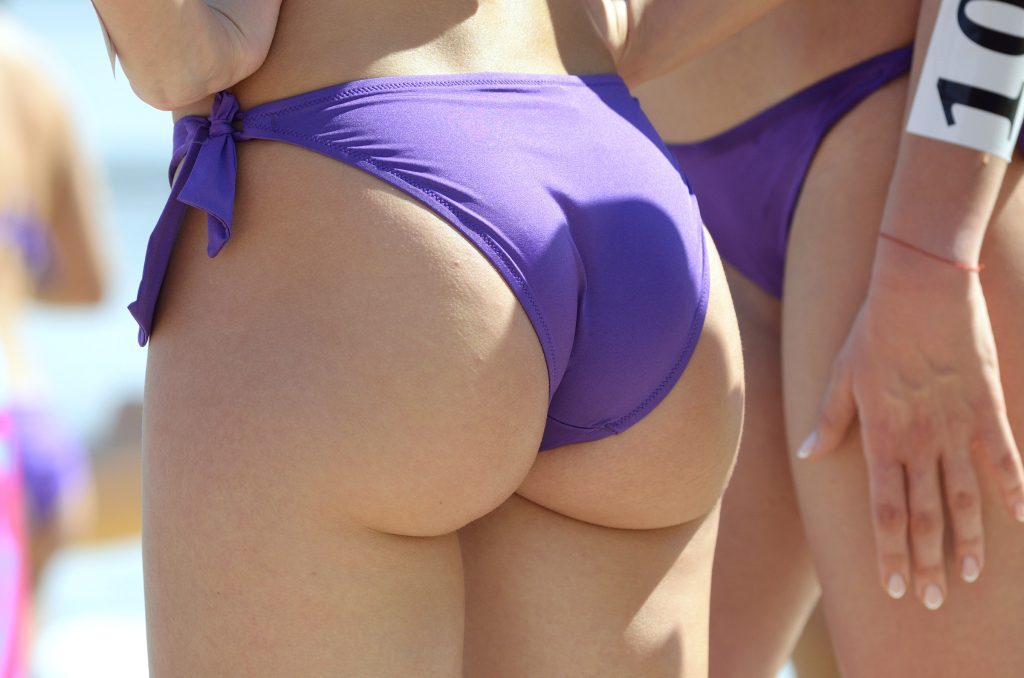
Autologous fat transfer is the transplantation of fat from suitable donor sites in the body to areas where fat is considered more desirable. Common donor sites are the abdomen and the love handles. Autologous fat transfer is currently used as a facial filler, for lip augmentation, and for buttock augmentation. It is also being investigated for use in breast augmentation, but there are a number of issues that have to be resolved before it can be used in this way.
THE FAT TRANSFER BASICS
The beginning of autologous fat transfer is the use of liposuction to remove fat from the donor site. This fat is then separated from other material, such as blood and connective tissue. Then the fat is injected into the area to be treated. The injection is best if performed the same day because fresh fat has a much higher rate of survival than thawed fat injections. The injection process takes longer than normal filler injections because fat transfers work best if performed as a higher number of “micro-injections” that cause less disruption to the native tissue and expose more of the transferred fat to blood and other resources in its new location.
If desired, more fat can be drawn than is intended to be used, but it may be desirable to leave reserve fat in the donor sites until you have achieved your optimal cosmetic results.
A ONCE OR TWICE IN A LIFETIME PROCEDURE
Once the autologous fat transfer takes, the results should be permanent. This is why it is sometimes known as a fat graft because it is like removing fat from one part of the body and grafting it in another. However, the fat transfer process is always only partly successful. The removal, purification, and re-injection process is stressful for fat cells, and only about 40 % of them survive.
Although more fat is injected than is necessary to account for the expected dieback, it is not uncommon for the results of the first fat transfer to be characterized by dimpling and unevenness, especially in areas where large amounts of fat are being transferred, such as the buttocks. This occurs in about 30 % of patients, who require a second transfer operation to get optimal cosmetic results. About 4 % of patients require a third treatment.
In comparison with other facial fillers and BOTOX® Cosmetic injections, which must be repeated every six months to maintain results, getting a treatment that can give a lifetime of results with just one, two, or at most three sessions, is quite remarkable. And it is your own tissue, not some potentially dangerous foreign material. Buttock implants, for example have a number of complications including pain and undesirable cosmetic appearance and ejection from the body. This is also true of lip implants.
WHY NOT BREASTS?
If autologous fat transfer is a better alternative than lip and buttock implants, why not use it instead of breast implants, which have a very high level of complications? Over 30 % of breast augmentation patients experience some form of complication from the procedure, far higher than autologous fat transfer patients. And breast implants are not lifetime prosthetics, but must be replaced about once every ten years.
Although some doctors are considering and testing breast augmentation using fat transfer, there are a number of concerns. First, the negative cosmetic consequences of fat dieback may be less acceptable in the breasts than in other areas. Second, there are concerns that the transferred fat may lead to the production of cysts, calcification and deep scars, which may be painful. Finally, there is concern that transplanted fat may respond abnormally to the hormonal flux in the breast tissue, leading to potentially cancerous colonies.
These complications are being investigated and if they are resolved, breast augmentation with fat transfer may become a reality.
If you would like to learn more about autologous fat transfer or other procedures, schedule a cosmetic surgery consultation with a local cosmetic surgeon today.




